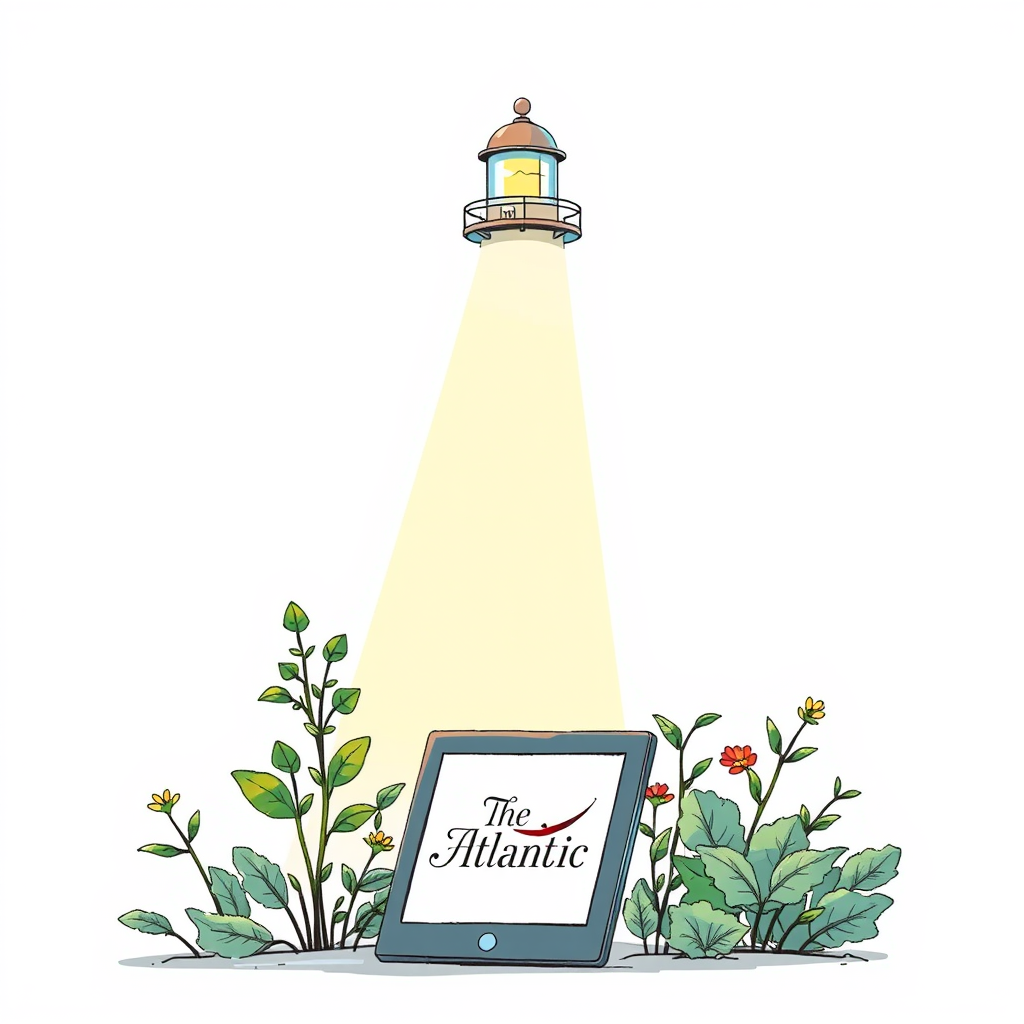The Atlantic’s Subscriber Strategy: No Price Cuts Needed

The Atlantic has achieved a notable success in the competitive media landscape: sustained subscriber growth and profitability without resorting to price cuts. Launching its paywall in 2019, the publication reached one million digital and print subscribers by 2024, a feat underscored by a return to profitability – something it hadn’t seen in quite some time. This achievement, detailed by Executive Director of Product Mariah Craddick at a recent WAN-IFRA Congress, isn’t about aggressive discounting, but a strategic focus on value and engagement.
The Atlantic distinguishes itself by prioritizing in-depth analysis over breaking news, a positioning that informs its subscription model. It offers three tiers: a digital-only plan at $79.99 annually, a print and digital bundle for $89.99, and a premium, ad-free option with sharing capabilities at $120. While experimenting with dynamic pricing for acquisition, the publication largely maintains consistent pricing, a refreshing contrast to the frequent promotional cycles seen elsewhere.
A key to The Atlantic’s success appears to be a relentless focus on understanding subscriber behavior beyond simple conversion rates. The publication tracks “Reader State,” a proprietary metric measuring the frequency of engagement over a 30-day period. Unlike news organizations focused on daily traffic, The Atlantic considers a subscriber “engaged” if they return on at least four separate days within a month, indicating a developing habit. They also monitor “First Best Action” – whether new subscribers download the app, sign up for a newsletter, or visit the site within their first week – as a predictor of long-term retention.
The benefits offered to subscribers are multifaceted, encompassing unlimited access to content, flexible consumption options (app, newsletters, narrated articles), utility features like saving and gifting articles, and bonus offerings like games, podcasts, and exclusive merchandise. The Atlantic is actively expanding these offerings, reviving its monthly print magazine, hosting live events, and increasing its presence on platforms like TikTok.
Onboarding plays a crucial role, with new subscribers prompted to engage with key features like the app and newsletters. This has demonstrably improved retention by four percentage points. The company also actively solicits qualitative feedback through surveys and customer support.
Looking ahead, The Atlantic is heavily investing in its app, anticipating it will become the primary platform for content consumption. It’s also expanding its gaming suite and exploring community-building and personalization features through its R&D hub, Atlantic Labs.
This approach is a compelling case study in sustainable media business models. In an industry often fixated on acquisition costs and promotional offers, The Atlantic demonstrates that focusing on delivering consistent value and fostering genuine engagement can be a more effective – and ultimately more profitable – path to long-term subscriber loyalty. It’s a strategy that prioritizes building a relationship with the audience, rather than simply chasing clicks.